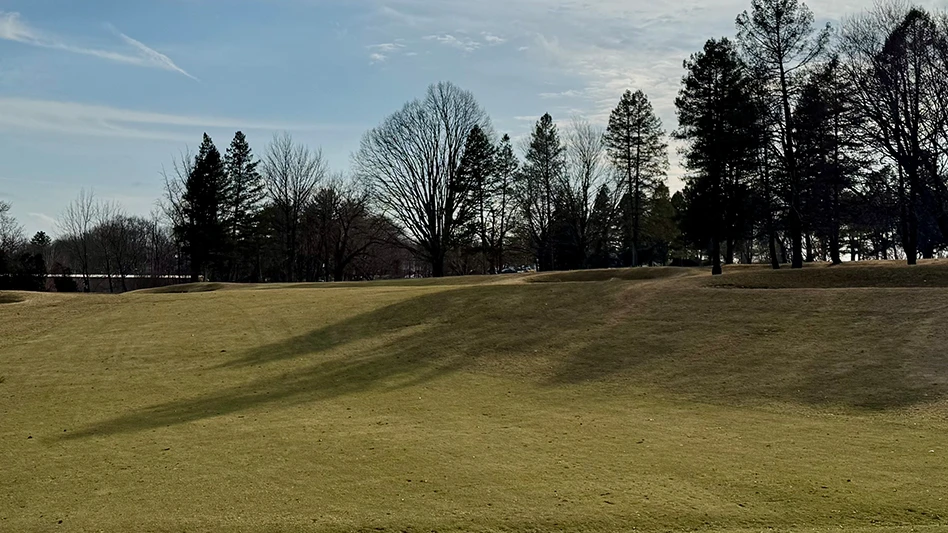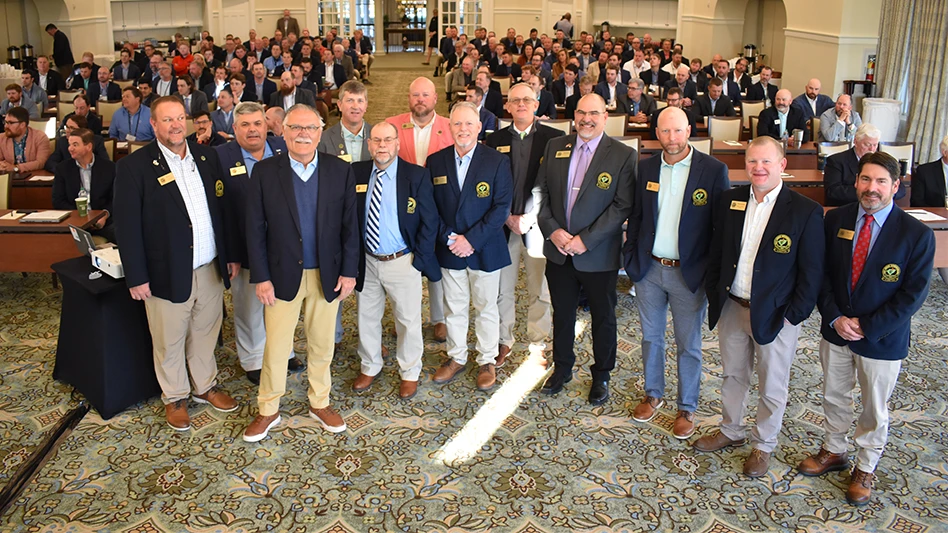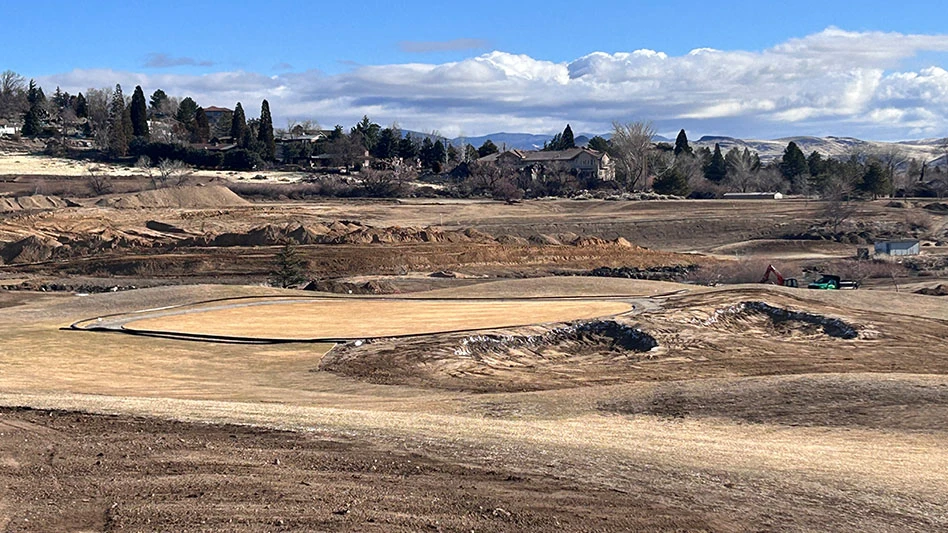
Adobe Stock
The biggest expense a golf club often has is golf course maintenance. Because agronomy is a science, few of us who play the game, including green committees, chairpersons and even sometimes golf course owners, really understand the intricacies of golf course maintenance. It's a somewhat mysterious process that evokes comparison from one club to the next and criticism (one way or the other) when things go sour, whether agronomically, economically or even climatologically.
Accordingly, maintenance budgeting is sometimes uninformed, and decisions are made that may not be in the best interests of the care and feeding of the golf course, or the economics of the operation. That said, many golfers see themselves as experts and love to brag about their course being the best, even if the cost is outrageous and the agronomics may not be sound.
Earlier this year, Penn State professor Brad Jakubowski reached out to me in preparation for a presentation on budgeting he made at the GCSAA Conference and Trade Show. We talked about the elements of a golf course maintenance budget and the dynamics that can occur to disrupt the process resulting in potentially inefficient maintenance programs and funding. Sometimes clubs spend too little, sometimes too much, and sometimes they do things based on revenues rather than agronomics.
The maintenance budgeting process can have a profound impact on the financial success and market value of the club. In the simplest terms, if the maintenance budget can be reduced by $50,000, the relevant capitalization rate is 10 percent and there’s no impact on revenue from the reduction, the market value would theoretically be increased by $500,000.
What are the elements of a maintenance budget warranting attention?
First, we like to differentiate between operating expenses and capital expenses. Operating expenses are those that occur regularly (labor, water, materials, equipment maintenance, chemicals, etc.). Capital includes things like equipment, infrastructure, and the addition or renovation of facilities or elements. The most accurate method of developing a maintenance budget is to include an annualized cost of capital expenditures for the clearest picture of the true cost of maintaining the golf course.
There are numerous variables that exist, and an essential element of any maintenance budget process is having a written golf course maintenance plan. Such a document becomes a “go to” common ground for both the superintendent and the committee/ownership which describes in detail how the golf course is to be maintained and presented. If ownership seeks to cut dollars from the budget, the superintendent can show options of how the plan might change and what would look different to the golfer. For example, if the goal is to cut expenses by a certain amount, the plan can be modified to show what components of the program will either be changed or eliminated. Conversely, the same plan can have elements added showing a corresponding cost should a club seek to enhance or expand the level of maintenance.
There are numerous elements included in a golf course maintenance plan. Cutting heights, frequency of mowing and bunker maintenance, aerification scheduling, and desired green speeds are among the most prominent. Not only are there agronomic considerations to each of these, but economic as well. For instance, agronomists recommend aerification twice per year, in full-growing season, yet sometimes courses will aerify earlier or later to maximize revenues and minimize disruption. Increased green speeds usually means higher cost, thus the balancing act.
I like to talk about the three Cs:
- Communication
- Consistency
- Culture
Communication between superintendent and club ownership/leadership is essential. In a constant balancing act between conditions and costs, the course superintendent (just like the general manager and golf professional) needs to be able to “speak truth to power” and ownership/leadership needs to be able to listen. Not everyone has the personality to do this and not everyone is willing to listen. The simple concept of self-preservation (maintaining one’s employment) often interferes with facts. This can also work in reverse, where the superintendent has the confidence of ownership/leadership and can take advantage by inflating the budget and costs beyond the most appropriate level for the conditions desired and as described in the plan.
Given that at most member-owned clubs green chairs and committee members have limited (if any) knowledge about agronomy, it’s incumbent upon them to self-educate and retain independent consultants when necessary to monitor spending. The club’s focus on either the best conditions or the most cost-effective program can often dictate how this all works out.
Consistency is important so golfers know what to expect on a regular basis. The culture of any club will dictate to some degree the level of conditioning based on the willingness of the membership or patrons to pay for it.
The superintendent’s role is one of advocacy for the agronomic health of the golf course. Most consider themselves stewards of the land and course and seek to be environmentally responsible. Ownership and leadership’s role is to advocate for presenting the best product possible within appropriate and realistic budgetary criteria, hopefully while also considering the environment.
Capital improvements should be justified by evaluating their contribution to overall value, either market value for sale or value to the membership. The club’s culture is essential to understand in order to match the level of desired conditions with the membership's (or patrons) willingness to pay for it. We’ve observed clubs where the cost of maintenance is more than $300 per round! We've also seen some where it’s less than $10 per round. The many variables that impact the development of golf course maintenance budgets include (but aren’t limited to): climate, culture, ownership (members vs. investors), maintenance facilities and equipment, and infrastructure.
The three Cs, which should start with a written maintenance plan, are essential for sound budgeting. It's important for both ownership and management (superintendent) to “stay ahead of the airplane” and anticipate upcoming costs and events. If the irrigation system is 22 years old and still functioning, they should still be planning for its replacement within the next four to eight years.
The key is to get the best “bang for the buck.” Playing conditions are the most important part of the golfer experience in most cases. It’s an essential element of long-term financial success for any club, public or private. Playing conditions impact the entire operation. Like a speaker I once heard said, "if the greens are slow, the hamburger tastes bad." It's true. Developing an appropriate maintenance budget is a collaborative effort between all the stakeholders. Solicit their input and consider it seriously.
Larry Hirsh is the president of Golf Property Analysts and has executed assignments on more than 3,000 courses in the United States and Canada. He is a certified general appraiser, licensed real estate broker and author.






